Free Competitors Analysis Tool
Process of researching rival websites' strategies and optimization approaches to identify SEO benchmarking data and content gaps to exploit for improved performance.


Process of researching rival websites' strategies and optimization approaches to identify SEO benchmarking data and content gaps to exploit for improved performance.


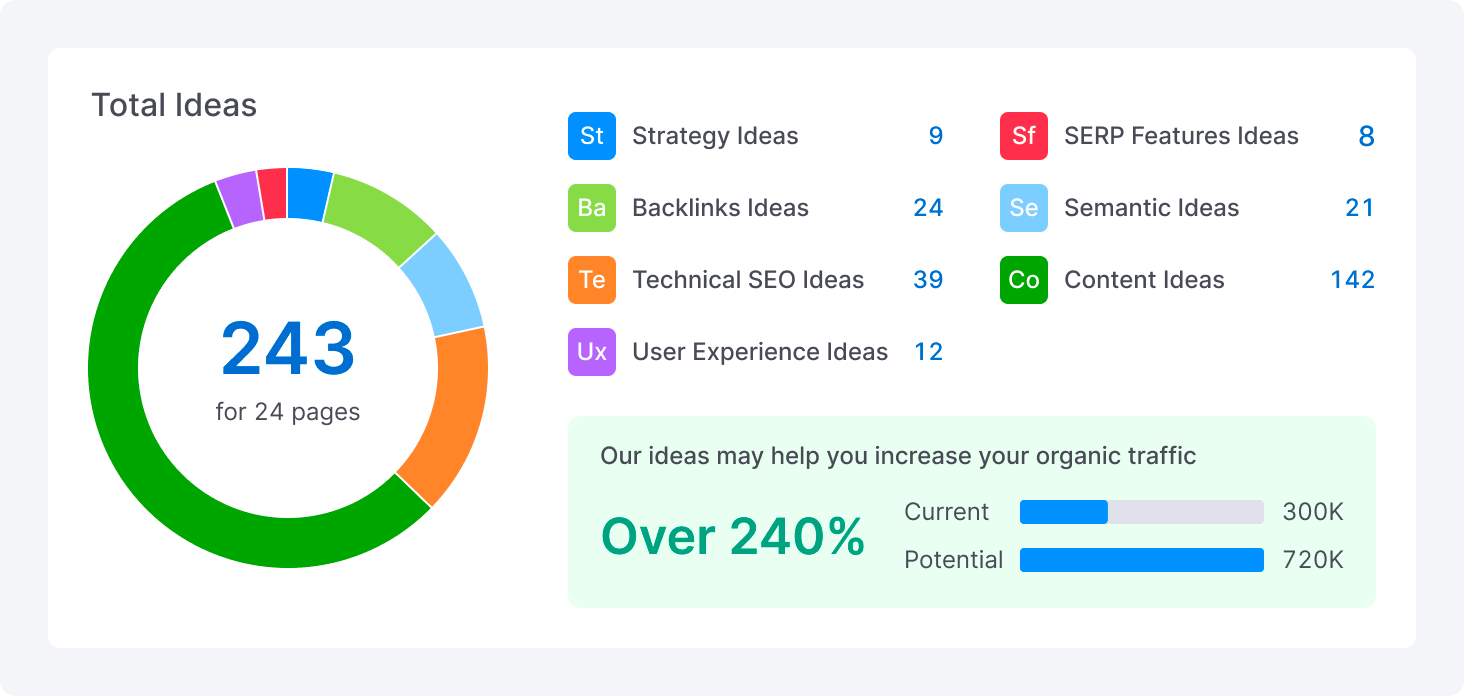

Years Of Experiences
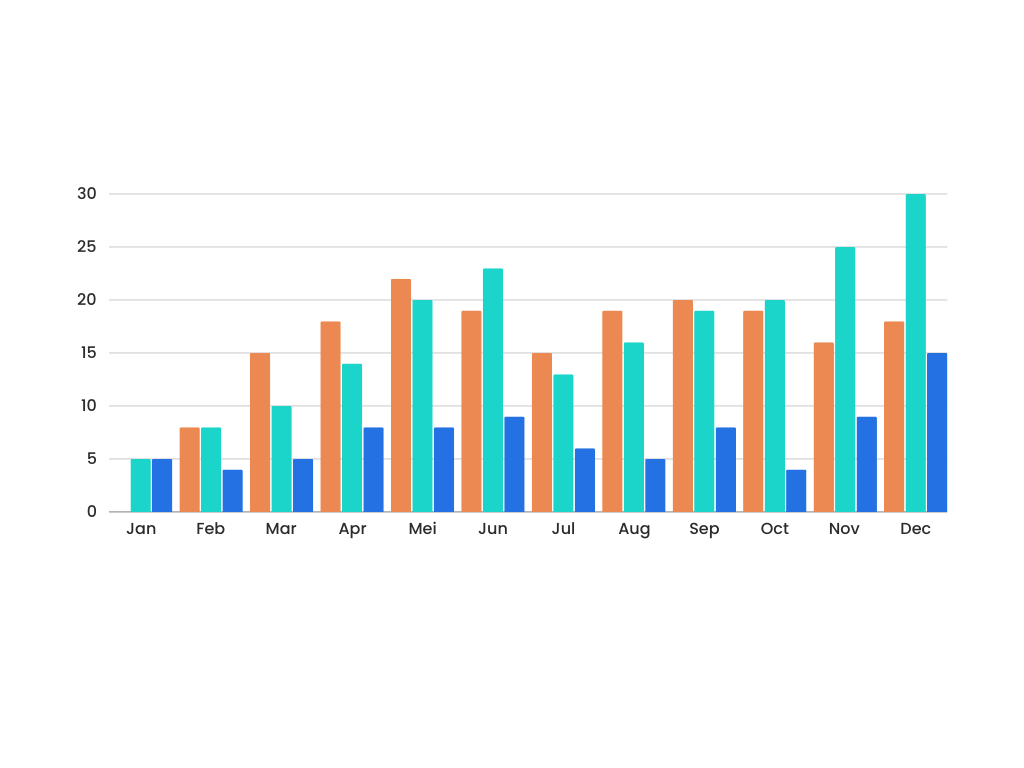
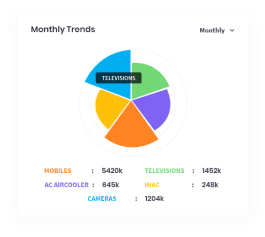



Trusted Clients
Discover a range of powerful AI and SEO tools meticulously crafted to enhance your marketing endeavors. Explore innovative features designed to boost your online presence and drive tangible results, all at no cost to you
 Bing SERP Checker
Bing SERP Checker
 Google SERP Checker
Google SERP Checker
 Keyword Generator
Keyword Generator
 Competitor Analysis
Competitor Analysis
 Keyword Research
Keyword Research
 AI Content Detector
AI Content Detector
 Word Counter Tool
Word Counter Tool

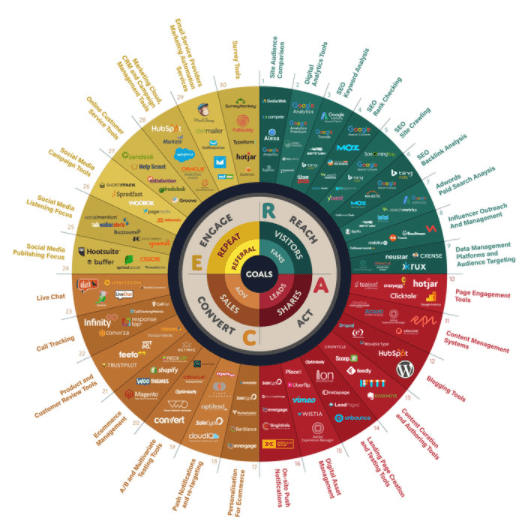
Are you looking to gain an edge over your competition in the digital marketplace? Conducting a thorough competitor analysis is essential for any successful SEO or digital marketing strategy. By understanding your competitors’ strengths, weaknesses, and tactics, you can optimize your own efforts to outrank and outperform them.
In this ultimate guide, we’ll dive deep into the world of competitor analysis. You’ll learn the key areas to investigate, the tools and techniques to use, and actionable tips to implement what you discover. Whether you’re an SEO professional, digital marketer, or business owner, this comprehensive resource will equip you with the knowledge you need to spy on your competition like a pro and dominate your market. Let’s get started!
Competitor analysis is the process of researching and evaluating your competitors to gain insights into their strategies, performance, and positioning. The goal is to identify opportunities to improve your own digital marketing efforts and gain a competitive advantage.
A thorough competitive analysis looks at factors such as:
By analyzing these elements, you can benchmark your own performance, spot gaps in the market, and develop data-driven strategies to outmaneuver your rivals.
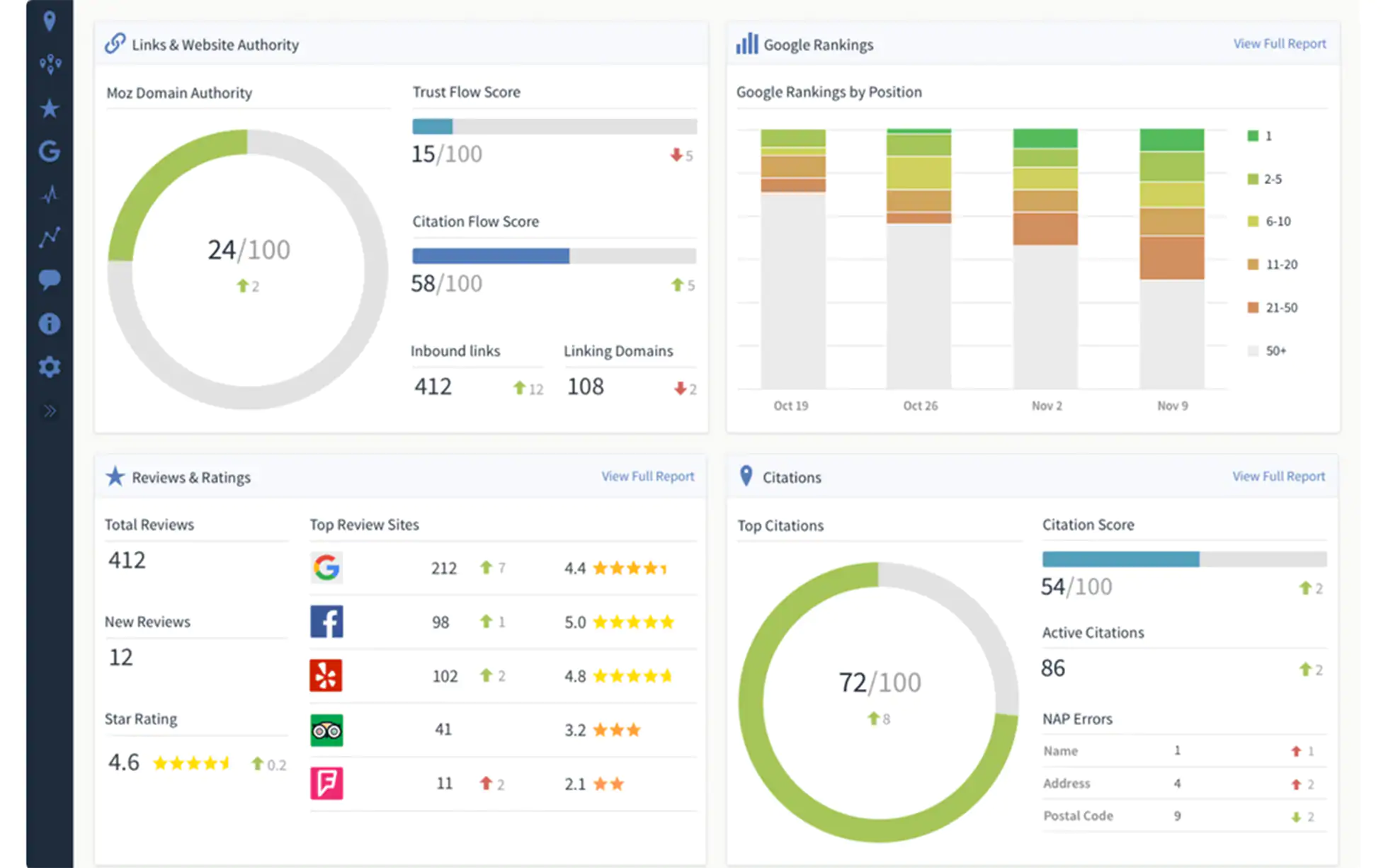
In the hyper-competitive digital landscape, knowledge is power. Conducting competitor research provides numerous benefits:
Identify market gaps: Find untapped opportunities to differentiate your brand and meet unmet customer needs.
Benchmark performance: Evaluate how you stack up against industry leaders and identify areas for improvement.
Refine your unique value proposition: Clarify what sets you apart from the pack and craft compelling messaging.
Optimize your tactics: Gain insights to improve your SEO, PPC, content marketing, and social media strategies.
Anticipate market shifts: Proactively spot emerging trends and changes in the competitive landscape.
Allocate resources effectively: Make data-driven decisions to prioritize your marketing investments.
Mitigate risk: Identify potential threats and develop contingency plans to protect your market share.
Without competitor intelligence, you’re flying blind. But armed with insights, you can make informed strategic moves to capture more market share and achieve your growth goals.
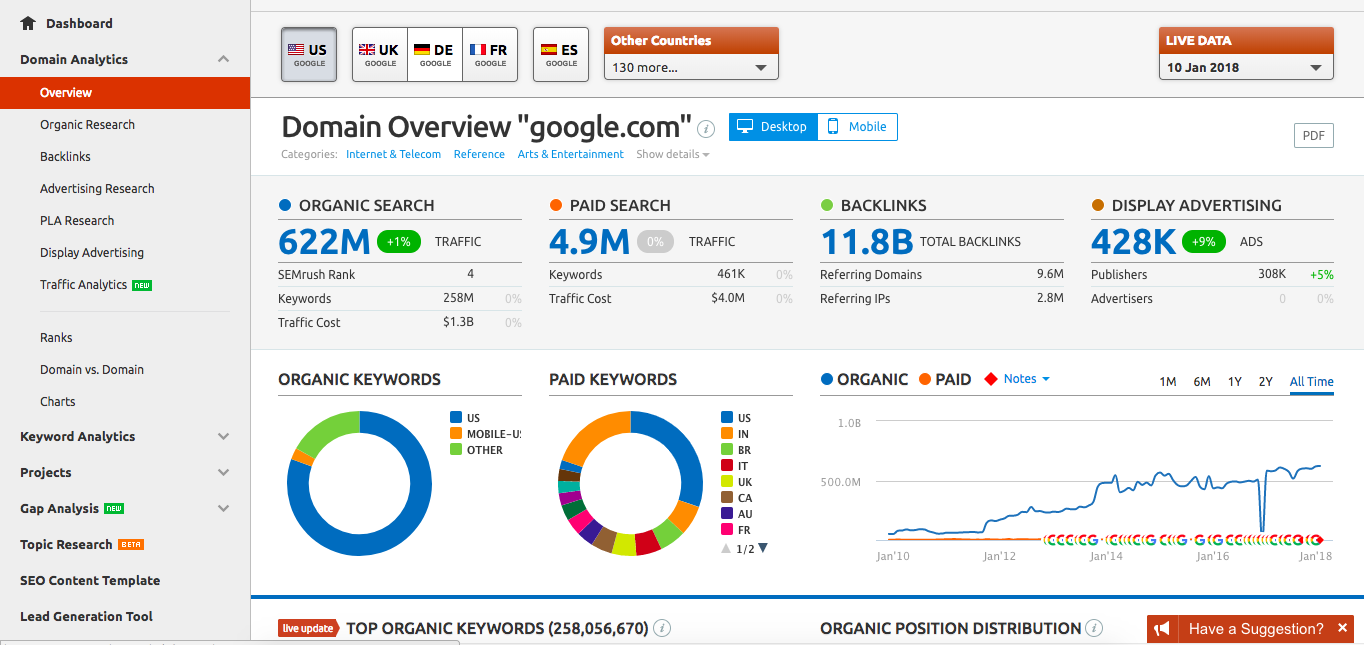
Now that you understand the importance of competitor research, let’s walk through the step-by-step process to spy on your rivals:
Start by answering the question: Who are we really competing against? While this may seem obvious, many businesses cast too wide a net or overlook less-visible players impacting their market.
To identify your true competitors:
Aim to create a list of 5-10 top competitors ranging from direct competitors targeting the same customer needs to indirect competitors whose offerings overlap with components of yours. For very large brands, also look at major players outside your industry who are capturing your audience’s attention and share of wallet.
Your next step is to dive into how each competitor is positioned in the market and the key messages they’re communicating to customers. This foundational analysis will help you evaluate the competitive landscape, spot opportunities to differentiate your brand, and punch up your own positioning and messaging.
To decode your competitors’ go-to-market strategy:
Thoroughly review their website, focusing on the homepage, product/service pages, About Us section, and key landing pages. Pay attention to:
Analyze their blog, looking at the topics they cover, their content’s tone/style, and how they address audience needs and concerns.
Review their social media profiles to see how they engage customers and the mix of content (educational, promotional, etc.) they share.
Sign up for their email newsletter and evaluate their messaging strategy and calls-to-action.
Download their gated content assets like eBooks and whitepapers to assess the value they provide.
Check out their case studies to see how they demonstrate value and ROI to prospects.
Follow their PR coverage and thought leadership (e.g. guest articles, interviews) to see how they position their executives as experts.
From this qualitative analysis, you should have a solid grasp of each competitor’s:

Target audience: Who are they going after? Consider demographics, job roles, industries, etc.
Market category: How do they classify their solutions? What market do they put themselves in?
Value proposition: What is the key value and benefits they promise to deliver?
Differentiators: How do they set themselves apart from competitors? What’s their unique angle?
Brand voice: What’s their brand personality and communication style?
Document these findings so you can compare competitors and identify patterns and gaps. Look for opportunities to claim your unique space by:
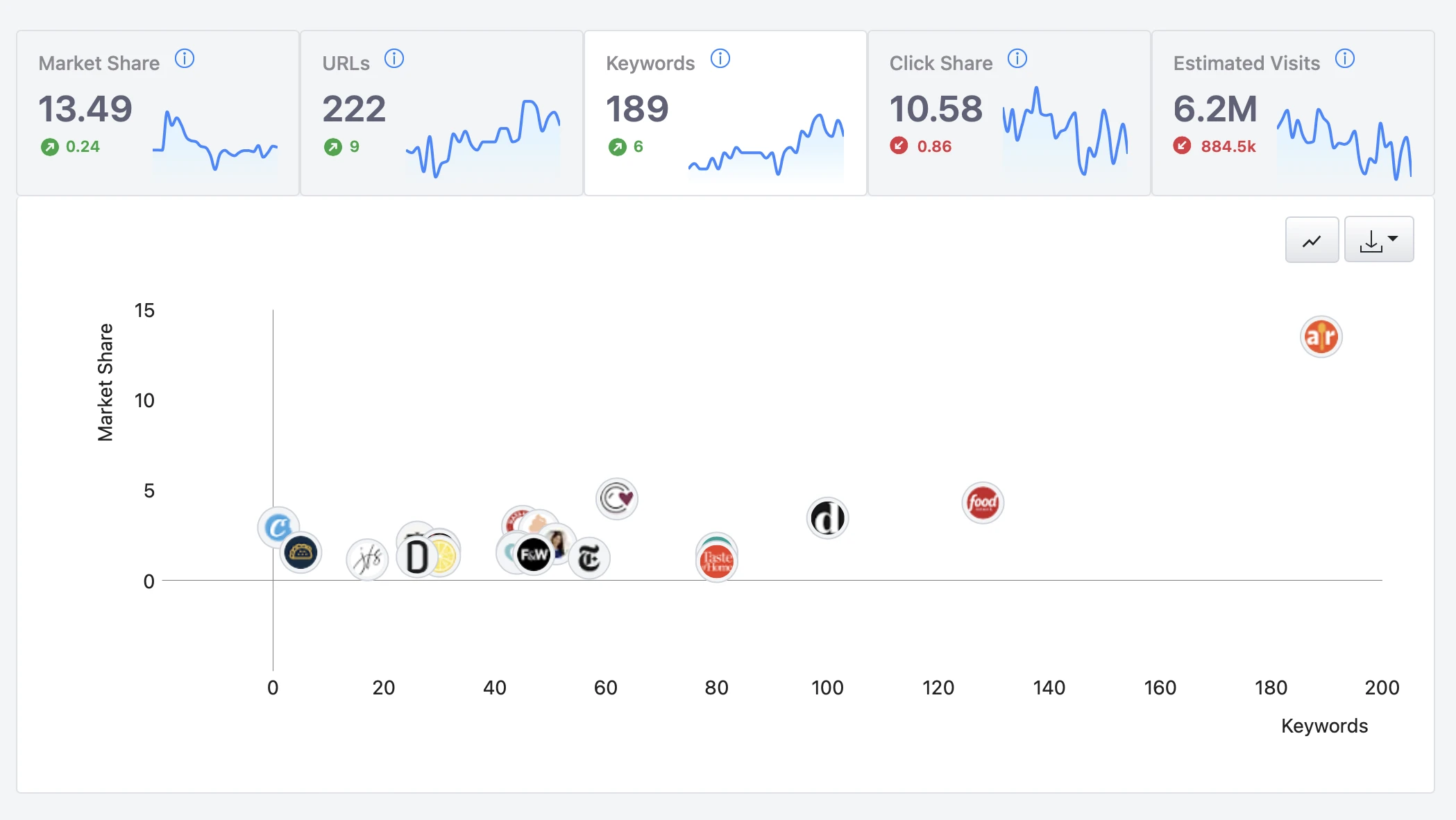
Next, it’s time to take a closer look at exactly what your competitors are offering and how they package and price it. This will help you evaluate how your own products and services stack up.
For each competitor:
List out their full range of products/services. How does this compare to yours in terms of breadth and depth?
Note specific features, capabilities, and attributes. How does their feature set compare to yours?
Map their products/services to yours. Which are most similar? How are they different or unique?
Analyze their pricing model and packaging. Do they charge a flat rate, per user, by consumption? Do they offer good-better-best packages?
Document their price points. How do they compare to yours and other competitors? Are they positioning as a premium, cheap, or mid-range option?
Take note of any free trials, freemium offerings, promotions or discounts. How are they reducing risk and lowering barriers to entry?
Check if they list any integrations, partners or compatible services that expand their ecosystem and value.
Look for signs of price changes, new products or feature updates to gauge how fast they’re innovating.
This analysis will give you insight into your competitive differentiators, gaps in your offerings, and opportunities to provide more value or find an underserved price point. It will also help you prepare for sales situations where prospects are comparing you head-to-head with competitors.
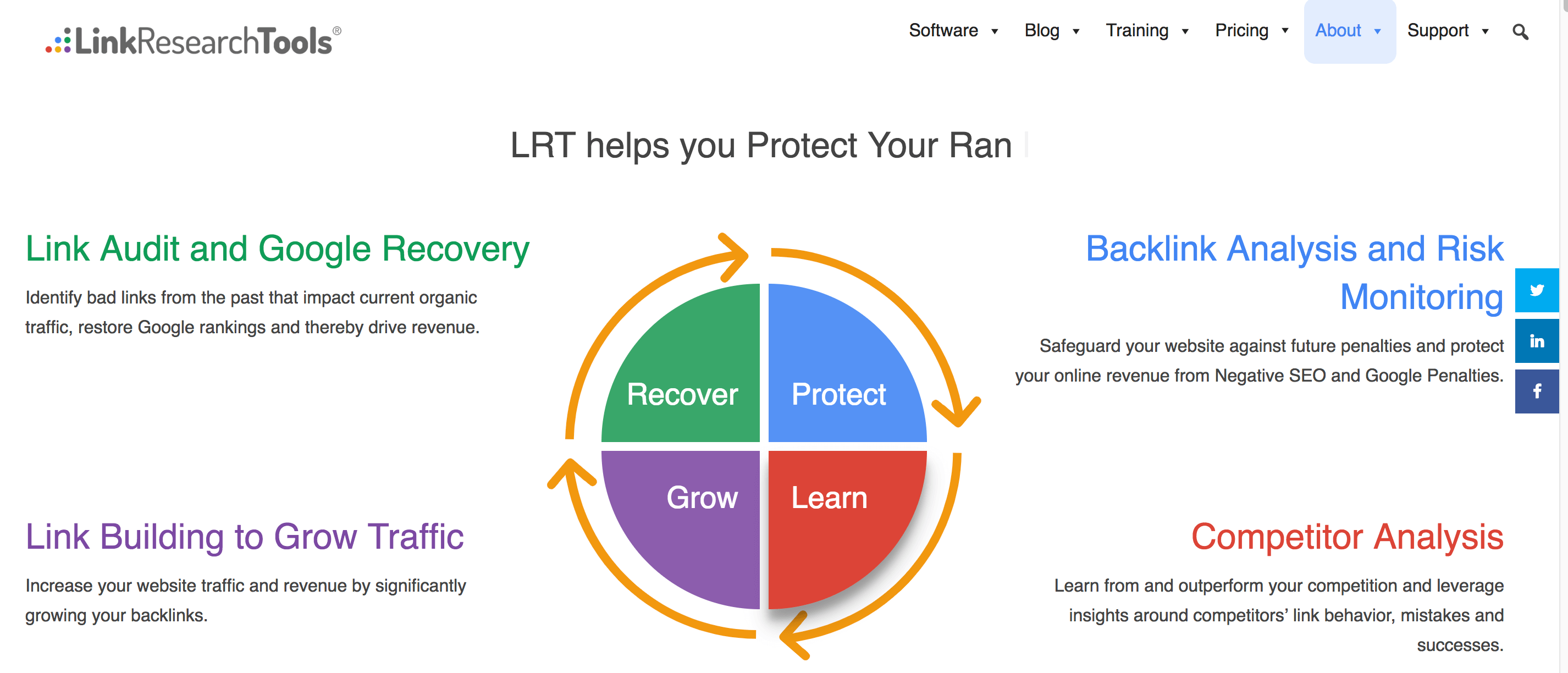
Now let’s dive into the nitty gritty of how your competitors are approaching SEO. Examining their organic search presence will shed light on the keywords and topics they’re targeting, their content strategy, and technical optimizations.
Some key things to analyze:
Use SEO tools like Semrush, Ahrefs or Moz to evaluate competitors’ keyword rankings and estimate their organic traffic. Take note of:
Do a page-by-page analysis of competitors’ key website pages and blog posts to evaluate their on-page optimization, including:
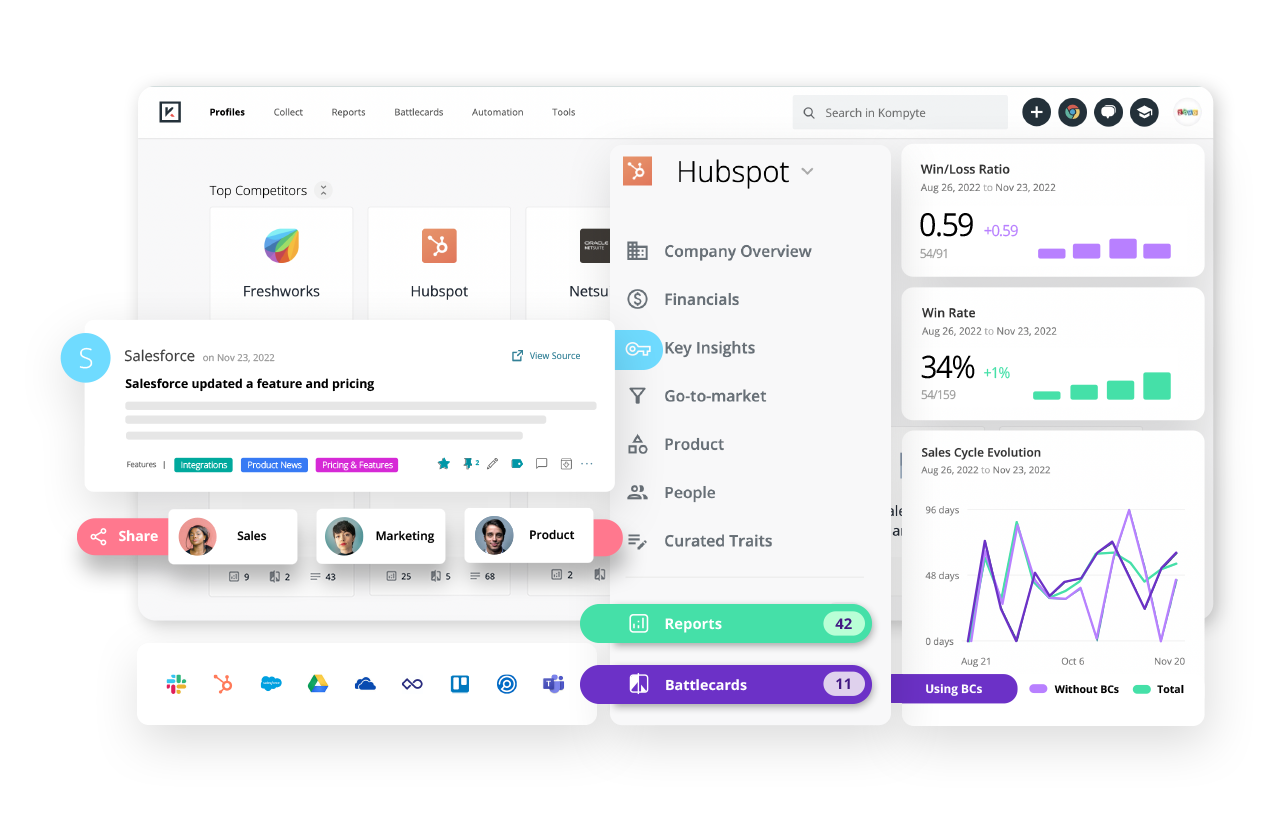
Take a high-level look at competitors’ content marketing to understand the quantity, quality, and topics of content they’re creating. Assess factors like:
Backlinks remain one of the most important Google ranking factors. Use link research tools to analyze competitors’ inbound links, including:
Studying competitors’ SEO strategies and performance will give you concrete data to inform your own keyword targeting, on-page optimizations, content plans and link building outreach. Look for opportunities to out-execute competitors by:
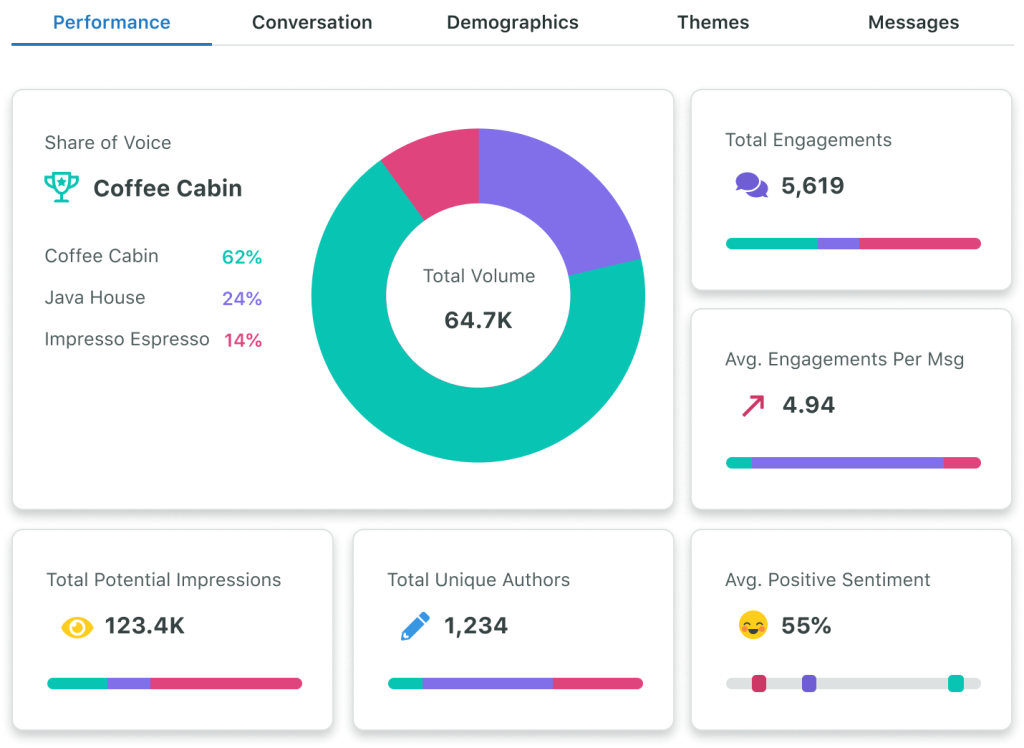
In addition to organic search, it’s important to analyze how competitors are leveraging paid search and display advertising. Even if you’re not doing PPC yourself, seeing what others are spending and bidding on provides insights into their priorities.
Key areas to analyze include:
Review competitors’ ad copy across Google, Bing, YouTube, and display networks to evaluate their messaging and calls-to-action. Take note of:
Use competitive intelligence tools to estimate competitors’ monthly PPC budget and spend across different ad networks and formats. This will give you a sense of how aggressive they’re being and which channels they’re prioritizing.
Drill down to see the specific keywords competitors are bidding on and the campaigns they’re running. Assess factors like:
Don’t forget to also look at competitors’ display ad creative and remarketing campaigns to see how they’re engaging prospects across the web. Evaluate:
Competitive PPC analysis gives you intelligence to optimize your own paid media by:
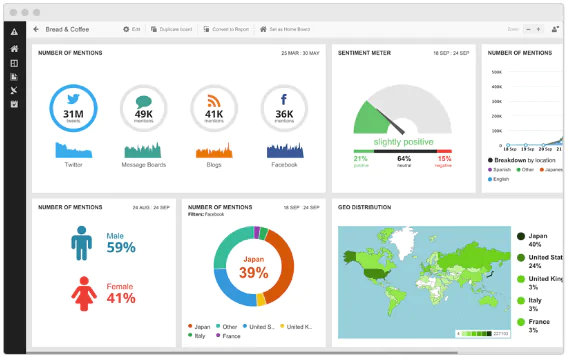
Social media is another key frontier in digital marketing where you can gain a window into competitors’ strategies. Unlike PPC and SEO, most of your competitors’ social activity is publicly accessible for you to analyze.
Key metrics and areas to assess across Facebook, Twitter, LinkedIn, Instagram and other active social channels include:
Track competitors’ follower counts and audience growth over time for each social network. This gives you a high-level gauge of their reach and how quickly they’re attracting new fans.
Monitor how often competitors are posting and how consistently they’re active on each social channel. Frequent, steady posting is a sign that they’re investing time and resources in social.
Analyze the types and topics of content competitors are posting, including links to their own site content, third-party articles, images, videos, polls, etc. Take note of formats and subjects that get strong engagement.
Assess competitors’ likes, shares, comments and overall engagement rates for their social posts. High engagement is a signal that their content is resonating and striking a chord with the audience.
See which hashtags competitors are using frequently and strategically to expand their reach and tap into relevant conversations. Look for popular industry and topic hashtags you can leverage.
Use social listening tools to track mentions of competitors’ brands and gauge overall sentiment. This can alert you to PR crises, customer service issues, or positive buzz you can learn from.
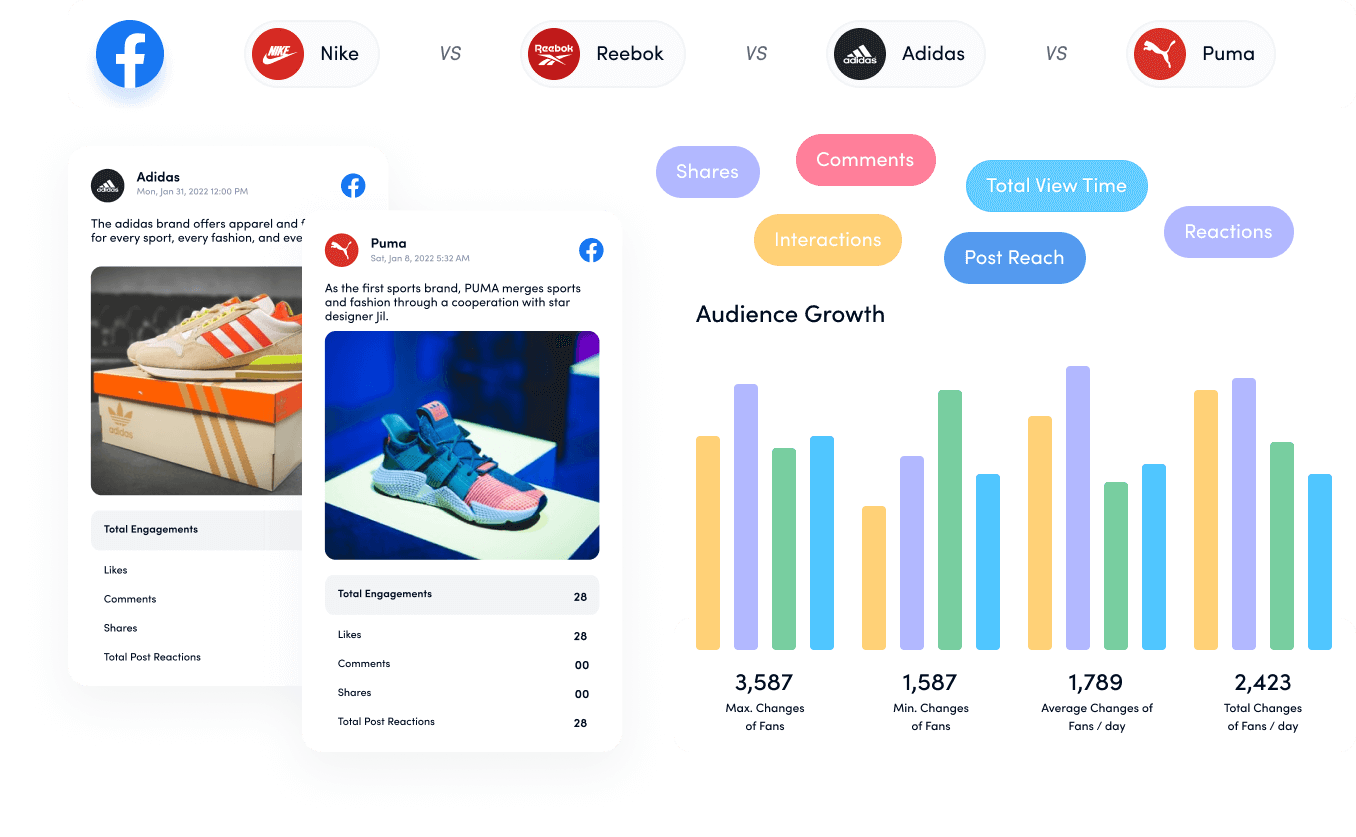
Don’t just look at organic social activity, but also use tools like Facebook’s Ad Library to see what paid campaigns competitors are running. Analyze the creative, copy, offers and landing pages they’re using for paid social.
Identify any influencers or thought leaders competitors are partnering with for social campaigns, takeovers or content collaborations. Consider whether you can form similar partnerships to tap into new audiences.
By spying on competitors’ social media activity, you can enhance your own strategy and execution with tactics like:
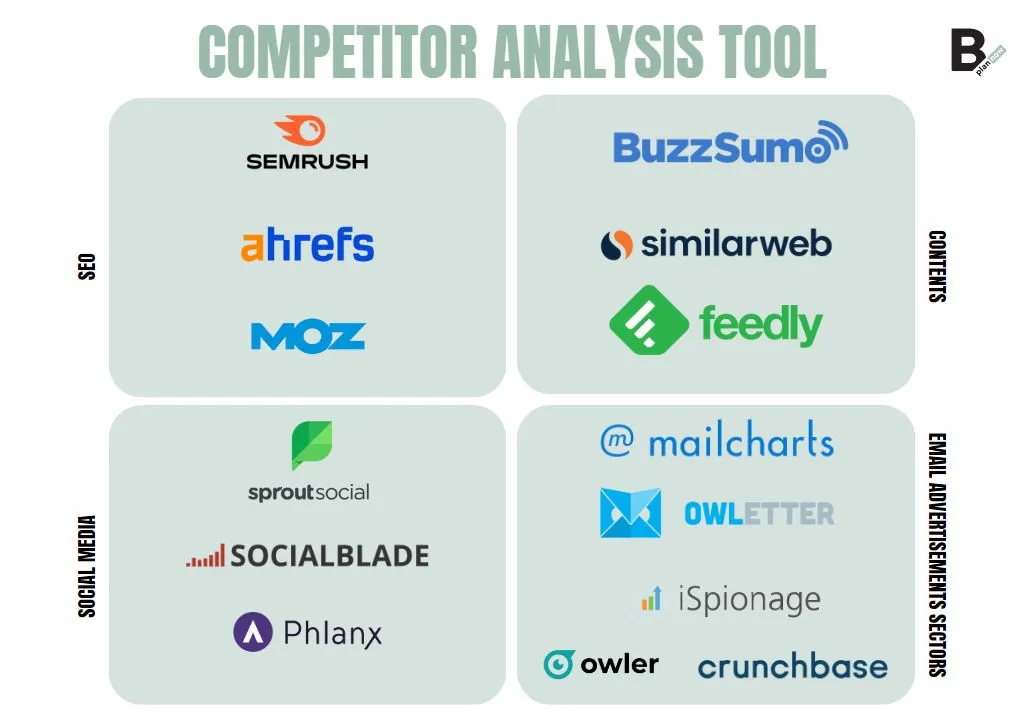
Email remains one of the most effective channels for engaging prospects and customers. While you can’t access competitors’ email analytics, you can gain many actionable insights by signing up for their newsletters and analyzing their email campaigns.
Key things to look for:
See what competitors are doing to get email opt-ins through tactics like newsletter sign-up CTAs, content upgrades, webinars, contests, pop-ups and more. Also note how prominent and compelling their email CTAs are.
Analyze competitors’ emails to see the types of content they’re delivering to subscribers. Common email content includes:
Take note of the mix of content and offers competitors are using, as well as any particular assets that stand out as unique or compelling.
Pay close attention to the subject lines competitors use and look for patterns in terms of length, content, tone and style. Strong subject lines can dramatically boost open rates.
Analyze the calls-to-action competitors are using in emails, in terms of both the language and design to make them stand out. CTAs are key for driving conversions from email.
Assess the formatting and design of competitors’ emails in

SEO tool providing website audits/reports on technical and content optimizations required to improve organic search visibility and ranking performance.

Tool that analyzes search engine results page data and positioning on Bing to evaluate website visibility within this search engine's organic listings. Supports SEO optimization efforts specific to Bing.

Tool checking website's presence and current positions in Google's search engine results pages to inform SEO efforts targeting higher rankings.

Diagnostic check measuring website performance metrics including page load speeds to gauge technical SEO impact on user experience and search engine crawling.

Process of researching rival websites' strategies and optimization approaches to identify SEO benchmarking data and content gaps to exploit for improved performance.

SEO tool analyzing on-page content to calculate keyword/phrase usage rates, helping optimize page copy for relevant search engine ranking signals.

Indexed pages are the foundation of your online visibility, as they determine which of your web pages appear in search engine results. Without proper indexing, ...

Keyword research is the first and last thing to do when doing keyword research for content

Mobile Support Test Tool – Optimize for Mobile Readiness. Assess and enhance your website's mobile compatibility with RM Digital's Mobile Support Test Tool.

Tool auditing internal connections between a website's pages/content to identify areas for improved contextual link-building appropriate for organic SEO rankings.

Software that automatically creates frequently asked questions (FAQ) content for websites, helping answer user search queries with relevant pages targeting informational keywords.

Tool utilizing AI to flag content likely spun or generated by artificial means, guarding against risks of manual or algorithmic detection leading to search engine penalties.

Create compelling content outlines in seconds. Structure your ideas and optimize your content workflow.

Craft clickworthy headlines that convert. Our AI generates attention-grabbing titles to boost engagement.

Discover high-value keywords in seconds. Our smart tool identifies search trends and suggests optimized keywords.

Tool tallying numbers of words, characters or other text metrics, supporting SEO writing aimed at optimizing content length for readability and keyword inclusion as search ranking factors.

Tool analyzing use of heading tags H1-H6 on a webpage, helping optimize content structure and semantic hierarchy important for SEO visibility and accessibility.

Check the readability level and complexity of your content with our advanced tool.

Our AI conclusion generator will synthesize key points into impactful closing paragraphs for your BLOG

Hook readers instantly with automatically generated opening paragraphs for your blog posts.

Transform basic bullet points into complete, readable paragraphs with our AI content generation tool.

Markdown to HTML Tool

Software assisting ecommerce websites in optimizing their product detail copy for both customer experience and on-page SEO through AI-generated descriptive text tailored around target buyer keywords.

Design high-converting landing pages in minutes with our intelligent generator tool.
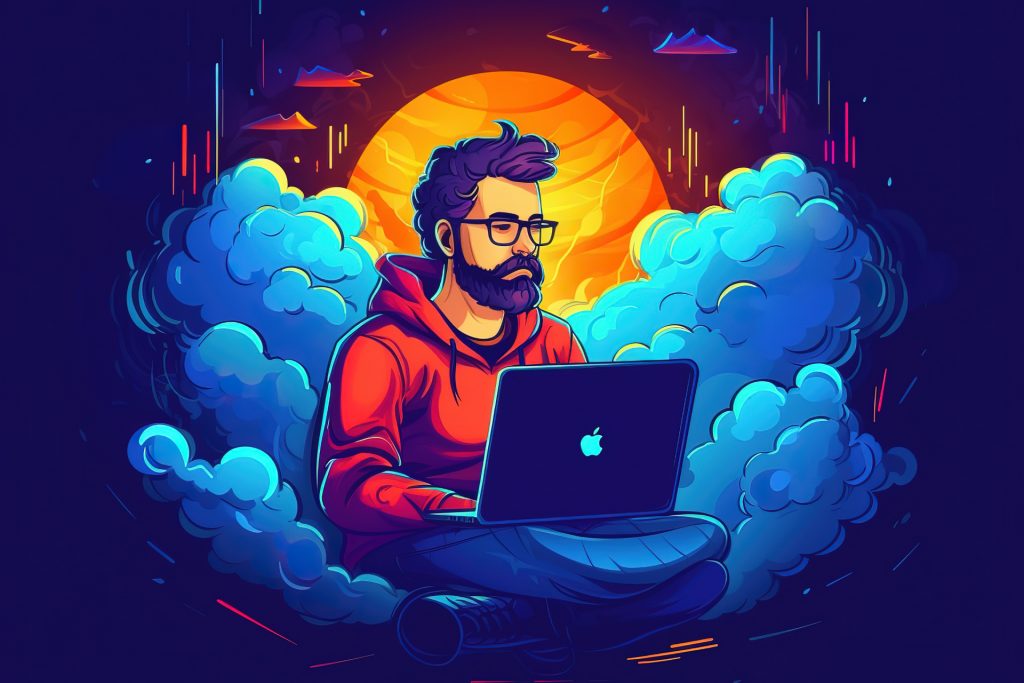
Please fill out the form below. We will then contact you.